A large problem that limits access is the assumption that theatre is already accessible by both theatre-makers and members of the public alike. There is a rising number of performances that are labelled as ‘accessible’ performances, or as ‘autism’ or ‘sensory’ friendly. Headsets and audio description are provided for people with sight loss, hearing loops provided for those with hearing aids and more and more performances also have BSL interpreters.
Gone are the days where all theatres are historic listed buildings without any access (although many still are). New theatres now have to comply with legal standards - lifts are installed, ramps exist and more and more theatres have specific disabled or wheelchair seats available. There are schemes that exist specifically for disabled customers to help them access theatre along with carers and PAs at an affordable rate. There are even performances and theatre around the country which build access into the performance itself; sign language within musical numbers, captions beside the stage and more opportunities for disabled actors and theatre workers.
However all of these access adjustments only assist very specific disabilities. A BSL interpreter is only helpful if you have been taught sign language. What if you are not completely deaf but are hearing impaired, can’t read sign language and can’t use a hearing loop due to not wearing a hearing aid? Or what if rather than being in a wheelchair, you can’t stand or sit for long periods of time due to pain, or can’t walk very far? The seats in theatres are uncomfortable and unsuitable for those with physical disabilities, or long term pain disabilities who are not in a wheelchair.
Autism-specific performances are only suitable for those with autism who are happy to have disturbances and lower volume. If you want full volume, or have a hearing impairment as a lot of autistic people I know do, and want an undisturbed performance, but with no adverts, breaks built in and less light, then this simply doesn’t exist. If you can’t sit for long periods of time but you don’t have any sensory issues there also isn’t a performance for you.
What’s worse, the access that does suit these very specific disabilities is still lacking. For example, audio description is often unfulfilling for those with sight impairments. Captions are often mistyped, delayed or wrong. Wheelchair spaces are frequently on the end of a row, near the back which means that anyone in a wheelchair has no choice but to have a terrible view of the stage. So, even when it does cater for the autistic, sight impaired, hearing impaired and wheelchair users it is extremely limited and fails those who are high-functioning, partially signed, partially hearing and never or partially in a wheelchair.
And what about the huge list of disabilities that fall outside of these parameters? Invisible disabilities are often overlooked or misunderstood by staff and public alike. So many people are unable to attend any theatre simply because they are disabled, their needs cannot be accommodated and frankly it’s just not on.
The rise of theatre in non-traditional spaces and in new formats and environments is really trying to cater for those with disabilities that cannot be accommodated at usual theatre spaces. However, so many times these make the mistake of either focussing purely on physical access, or assuming that disabled people prefer immersive theatre - and so many people with disabilities just don’t. Efforts are made to make performances more sensory, through sound, touch, smell, and visuals. But, to many disabilities this means inaccessible and ultimately triggering, excluding them from the very theatre that's designed to be accommodating.
The alternative spaces and atmospheres can make performances even more inaccessible because people forget that disabled people much like so many members of the public can be put off from attending a performance that’s too arty, too inaccessible to the general public in its content and too abstract to connect with or to relate to if they are outside the art world or simply not part of the art elite. I’m talking about everyday people like ourselves who just want to go and see a show in a world or venue that’s about concepts and ideas that are clearly labelled, and aren’t completely alien to them.
Even when theatre accommodations suit a disabled individual perfectly, and the performance provides the right access support for an individual to attend, it’s not uncommon to be unable to attend anyway. Performances that accommodate access needs or ‘autism-friendly’ performances are always at obscure times when the rest of the public doesn’t want to attend. They are usually in the middle of a week, in the matinee performance in the middle of the day. Most people prefer to attend theatre in the evening, and just to clarify, disabled people are no different from most people. In theatre specifically, the matinee and evening performances often have different casts; the evening is when the main stars perform. Why should disabled people not be able to see the same performers and the same show as everyone else? It is not practical or fair. It is treating disability as ‘other’ rather than as ‘us’. It’s not at all inclusive or equal.
By having access performances in the middle of the day, it assumes that as a disabled person you don’t work, you don’t go to school and you don’t go to college or university. You definitely don’t have children, or any responsibility. Well, guess what. Disabled people have a life too! Most people go to the theatre as a treat or a night out, and it might shock you but disabled people like having a night out too! Most of the accessible performances are at completely inaccessible times for most people. Not to mention that disabled people shouldn’t have to attend a separate performance or be labelled as ‘other,’ forced to attend a performance away from the main populace simply in order to have any access needs accommodated.
Here’s what I propose going forward. It’s really not hard to make the main performances accessible to more people with various disabilities in the first place. Yes, you can build in captions, sign language, disabled performers and actors into the performances, but this is just the start.
Put wheelchair seats where they can actually see the whole stage, near the front. Make theatre seats wider, more suitable and more comfortable for those with physical disabilities. Make aisles wider with those for troubles with crowds and physical access. Put accommodations in place to reserve seats nearer the front for sight impaired and hearing impaired but also at the end of rows. The best seats in a theatre aren’t near the front anyway, they are nearer the middle of the rows further back. Dial back the lighting, the loud noises, overpowering smells and immersive experiences. Make audio description useful, assistive and above all as interesting as the performances themselves.
We should still keep sensory specific performances for those who like to move around or are likely to disrupt performances, but please have them at normal times. Also why not a sensory-less performance for those who don’t want to get up and move about? Build in better breaks to theatres. Have effective toilets and facilities for all disabilities including changing spaces toilets and hoists. Better yet, have enough toilets for your entire audience. Hire staff to deal with helping each individual specifically in the same way that events, conventions, workplaces and other public arenas do. Make it so people can attend whatever their specific needs and work proactively with that individual to put this in place. Don’t tell the individual what is available but ask them what they need and adjust the accommodations accordingly.
It’s time for change, and theatre has always been at the forefront of societal evolution - why not here?

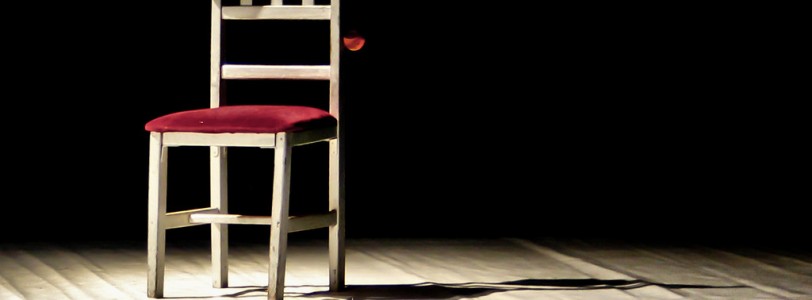

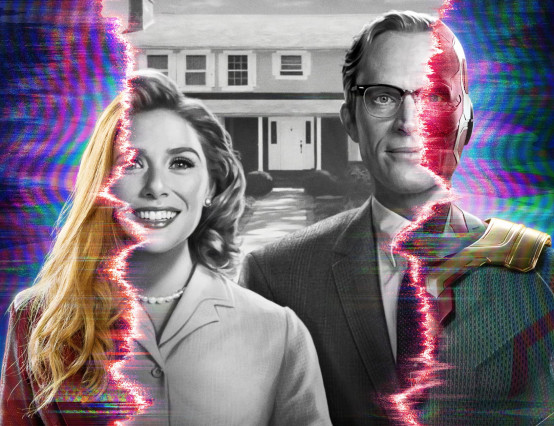
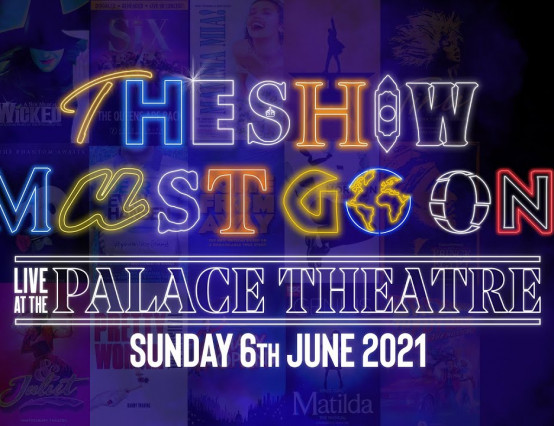
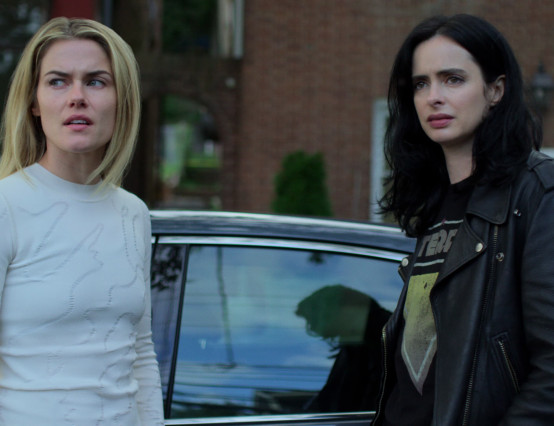


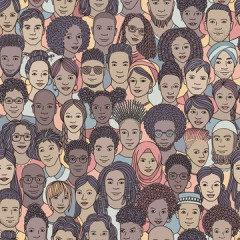
0 Comments